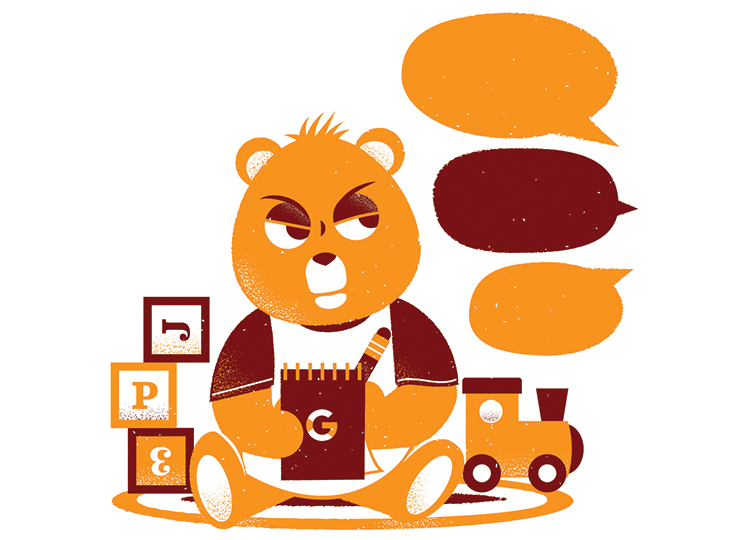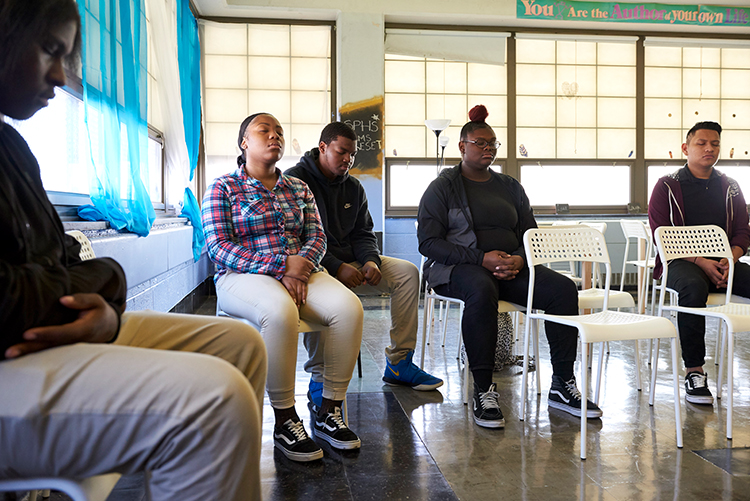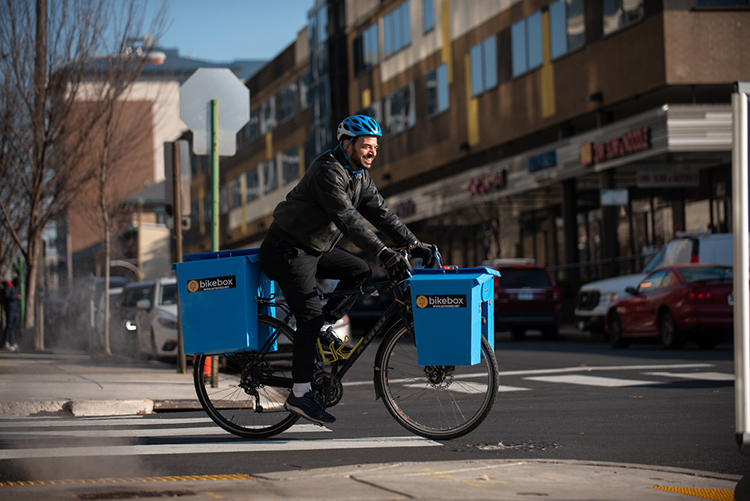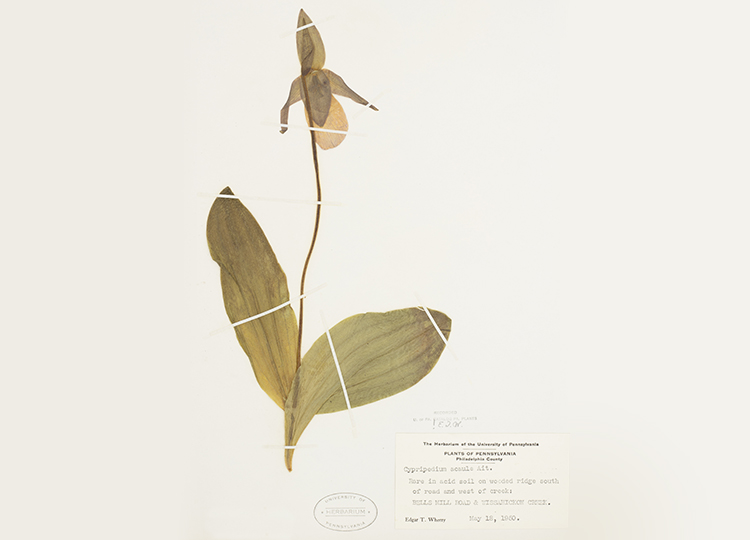The toys that poison and data mine your children
by Alexandra Wagner Jones
Adam Garber pushes a stroller into a pediatric care center on his way to an afternoon press conference on toy safety. The little passenger, his four-month-old son Elon, is a reminder of why the work he does is so important.
As a consumer watchdog for the U.S. Public Interest Research Group (founded by Ralph Nader), one of Garber’s goals is to protect kids from dangerous toys in the marketplace. This includes toys that are potential choking hazards, contain toxic chemicals or violate privacy.
This year Garber and his colleague Tano Toussaint co-authored PIRG’s annual report: Trouble in Toyland. The report summarizes PIRG’s survey of 40 toys—over a third of which pose safety threats to children.
With hundreds of new toys hitting the market every year, this survey of only 40 toys suggests it’s worth keeping an eye out for potentially dangerous toys in your house. The U.S. Consumer Product and Safety Commission (CPSC) estimates that 251,700 toy-related injuries resulted in trips to the emergency room in 2017.
When the holiday season is in full swing, it can be easy to get lost in the chaos. Take inventory of the toys your kids received last month now and look out for the following products and categories.
Privacy-Invasive Toys
Be smart about “smart” devices.
Nearly every internet-connected device collects some kind of user information, and the rationale companies use to justify that practice is that they are trying to improve their products. But consumers should be aware if a company is sharing or selling personal information.
Especially in the case of children, where disclosing personal information like name, date of birth and address, which are typically provided when creating user accounts, can raise concerns for privacy and physical safety.
“A lot of these toys are also sharing data about consumers,” Toussaint says, “and potentially violating the privacy of children.”
They may have the ability to record your child’s conversations, real-time physical locations and internet use—which means they can learn information like your child’s name, school and interests.
Choking Hazards
According to the PIRG report, from 2001 to 2016, 116 children died from choking on a play item.
The most dangerous of all? Toussaint says balloons.
“Latex balloons actually cause more childhood suffocation deaths than any other product,” he states.
In its report, PIRG flagged balloons sold by online retailers that do not abide by federal standards and display explicit choking hazard warnings. Children can suffocate by sucking or chewing on uninflated balloons or by accidentally inhaling while blowing them up.
A rule of thumb is that anything less than 2 inches long may present a choking hazard for children, especially those under the age of three. Take magnets, for instance.
Between 2009 and 2013, the CPSC estimates that high-powered magnets caused approximately 2,900 injuries that required treatment in an emergency room. In one case in 2013, a 19-month old girl died after seven small magnetic balls perforated her intestines, leading to infection.
According to the PIRG report, nearly 80 percent of non-fatal ingestions require invasive medical intervention for removal, typically via endoscopy, surgery or a combination of both.
In comparison, only 10 to 20 percent of other foreign-body ingestions require endoscopic intervention; almost none require surgery.
For this reason, you should be careful about giving toys that use magnets to young kids—especially magnetic novelty toys. “Buckyballs”—magnetic marbles children can use to build structures—are a well-known example of such a product. This magnet set is dangerous because young children can mistake the magnets for candy and older children can use pairs of magnets to imitate lip or tongue piercings—putting magnets in a position to be accidentally inhaled or swallowed.
While a single magnet may pass through the body without incident, if two or more magnets are swallowed their attractive forces can pull them toward each other. This may result in pinching or trapping of digestive tissue.
PIRG also flagged several other toys without warning labels that contain small parts. Two toys missing choking warnings include the popular L.O.L. Surprise! toys, pocket-sized dolls that come in peel-off disguise cases with wrapped accessories, and Hatchimals Fabula Forest toys. When Hatchimals eggs break apart, the eggshell pieces are under two inches in size.
Chemically Concentrated
“In recent years an increasingly popular toy has been slime,” Toussaint says, pulling a bowl of glittery blue slime out. “Unfortunately, our testing found that several popular slimes contain toxic levels of boron.”
He notes that PIRG testing found that slime toys sold to children in the U.S. with boron concentrations as high as 4,700 ppm, more than fifteen times the European Union’s limit for boron in sticky/liquid toys.
According to the EPA, “studies in both humans and animals show that boron is readily absorbed from the gastrointestinal tract.” While case studies have shown humans are asymptomatic when they ingest volumes of boron less than 3.68 ppm, moderate to high doses of ingestion can cause nausea and vomiting and may have long-term negative effects on the consumer’s reproductive health.
No policies in the U.S. currently regulate the levels of boron permitted in toys, but PIRG is calling on policymakers to require labels for boron in children’s products and to investigate setting clear limits for manufacturers. The European Union has set limits on boron concentration to 300 ppm for sticky/liquid toys and 1200 ppm in “dry, brittle, powder-like or pliable” toys.
If your children have received a do-it-yourself slime kit, be careful to make sure they do not ingest the slime or the borax packet.
Policing the Fun
Identifying what toys are safe for your child can be a daunting task, especially tracking, as Garber puts it, “the unseen dangers that are harder to identify—that are lurking beneath the surface.”
But fixing regulations and labels could make it simple for parents to buy good toys for their kids. If the report suggests one thing, it is that toy manufacturers must do better to ensure that toys are safe before they end up on store shelves.
“There is trouble in toyland, and this is something that we should not take lightly,” Congressman Dwight Evans (D-PA-3rd) said, referencing the report. “It is something that we need to talk about.”
Dr. Amanda Micucio, assistant professor of medical pediatrics at Sidney Kimmel Medical College and a pediatrician at Nemours duPont Pediatrics at Thomas Jefferson University Hospital, says that pediatricians see
children put small items and toys where they don’t belong all the time.
She says one of the most important things parents can do for their children is to make sure toys are age appropriate for the child, and to inspect these toys firsthand, so you have an idea of what’s in your child’s toy chest.
“If you as an adult or a caregiver engage with your child or play with them, you will get a better understanding of the safety of the toys that they are playing with,” Micucio said.
For more information visit: toysafetytips.org
The Mozilla Report used for this story contained errors regarding certain toys’ features. Grid has corrected our story to reflect the updated report.








